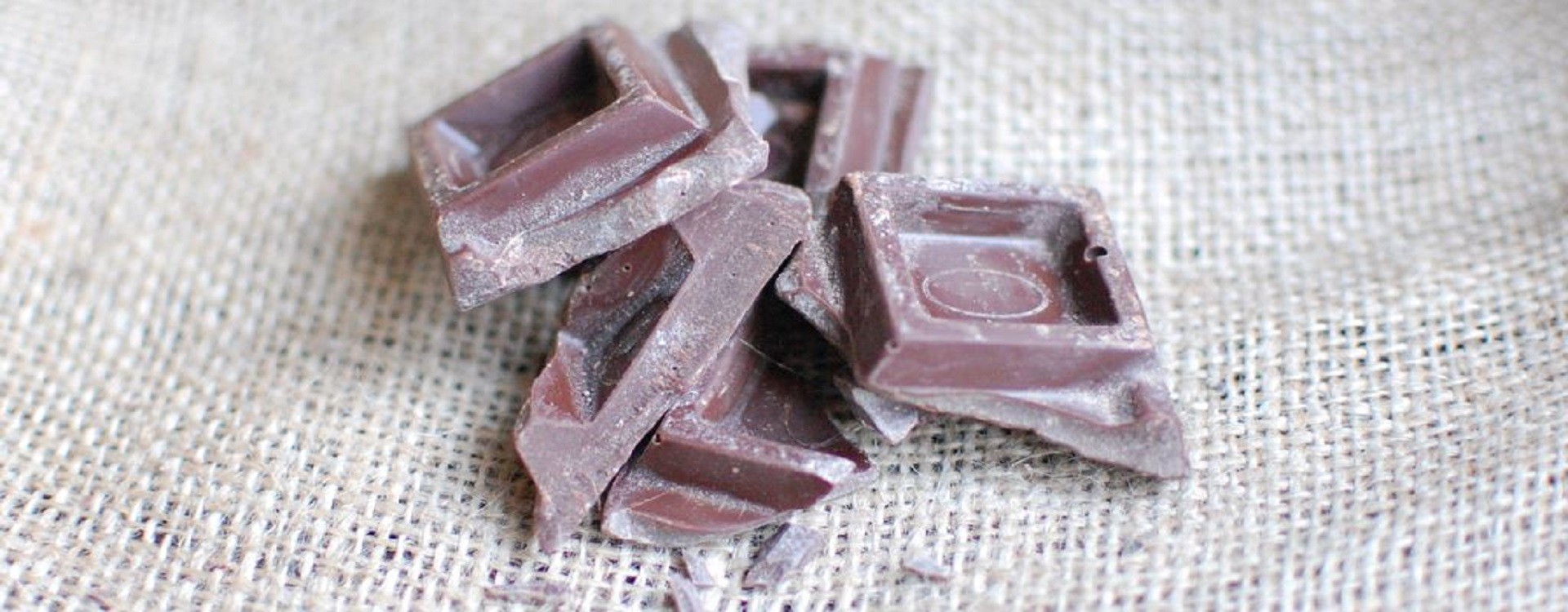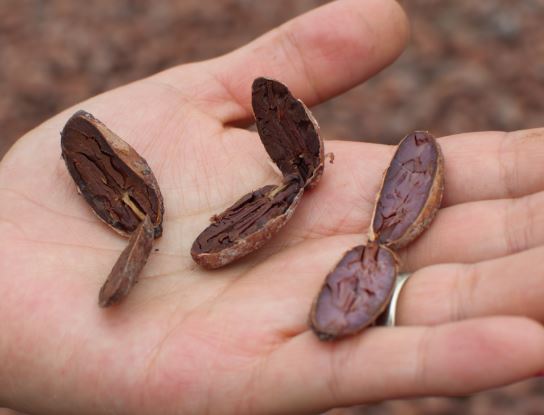
In some countries, like my Czech Republic for example, dark chocolate is officially called ‘bitter chocolate’. And even where this is not the case, dark chocolate is really considered bitter in taste. In this article I will try to investigate what makes chocolate bitter and if this adjective is justifiable.
Ingredients
As I often try to explain on this blog, the quality of chocolate is determined only by the quality of cocoa beans. Nothing more. Let’s just look at the composition typical of quality chocolate:
Cocoa mass, sugar, cocoa butter
That is all. No science. We also usually encounter soy lecithin or bourbon vanilla, but the best chocolates are made from these three ingredients.
The ingredients on the packaging should be arranged in descending order of their gram content. So quality chocolate will have the most cocoa mass, then sugar, etc. Deliberately look at milk or cheaper chocolates, which comes first – it will be sugar.
But back to the example – cocoa mass is nothing but ground cocoa beans. The cocoa butter is then pressed from the cocoa beans. Sugar adds sweetness, but it does not determine quality, sugar is simply sugar and, frankly, it doesn’t matter much whether it is cane or white sugar, neither one can add flavor or aroma that was not in the original cocoa raw material.
Another common ingredient is the mentioned lecithin, which is only an emulsifier used to better dissolve cocoa butter in the residual water in the cocoa beans. It has no other function and does not contribute to the taste. Other aromatic ingredients such as vanilla, nuts or fruit can add variety to chocolate, but if we talk about the quality of chocolate as such, they can no longer improve it.
Bitterness
Bitterness can only come from cocoa mass. Cocoa butter is already pure fat and will not be bitter. And the bitterness of the cocoa mass is determined by the quality of cocoa beans, or rather – by the degree of their fermentation. I describe this process in an article on cocoa processing .
When the bean does not ferment sufficiently, it is purple instead of brown and is infernally bitter. Do you see the difference between fermented beans on the left and middle and unfermented on the right in the photo? Cocoa beans can be eaten normally, the two on the left will taste fantastic and look at that color – the color of chocolate! But unfermented beans taste disgusting. Even the highest quality beans contain a certain percentage of unfermented beans – this cannot be avoided – but small enough to outweigh the chocolate taste of the fermented ones. The quality grades that take this into account are described in this article on bean quality .

However, because everything is accelerated as much as possible in the industrial processing of cocoa beans, the fermentation does not take place for the required 3-5 days. There is simply no time for this with hundreds of tons of cocoa beans. And the second thing is the lousy quality of the cocoa beans of these large productions. This combination makes the unfermented beans (and therefore inedible bitter) the majority.
Overall quality
So that’s why dark chocolates are sometimes called bitter – they’re made of low quality beans. With low-percentage chocolates, the quality of the beans is even worse, but there is already such a predominance of sugar, powdered milk and other flavorings that the beans no longer matter.
Since unfermented beans don’t provide the nice brown color (as mentioned and seen from photo, it is more of a purple color), manufacturers are likely to add Dutch-type cocoa powder to the chocolate for coloring. I don’t have a proof for this theory, but I see no other reason for adding cocoa powder to chocolate.
Sometimes you go and buy high-percentage quality dark chocolate, for example around 80%. Yes, there will be a certain bitterness, but even with a minimum of sugar, the main chocolate taste and aroma will prevail there.
Itís hard to find experienced people about this subject, however, you sound like you know what youíre talking about! Thanks